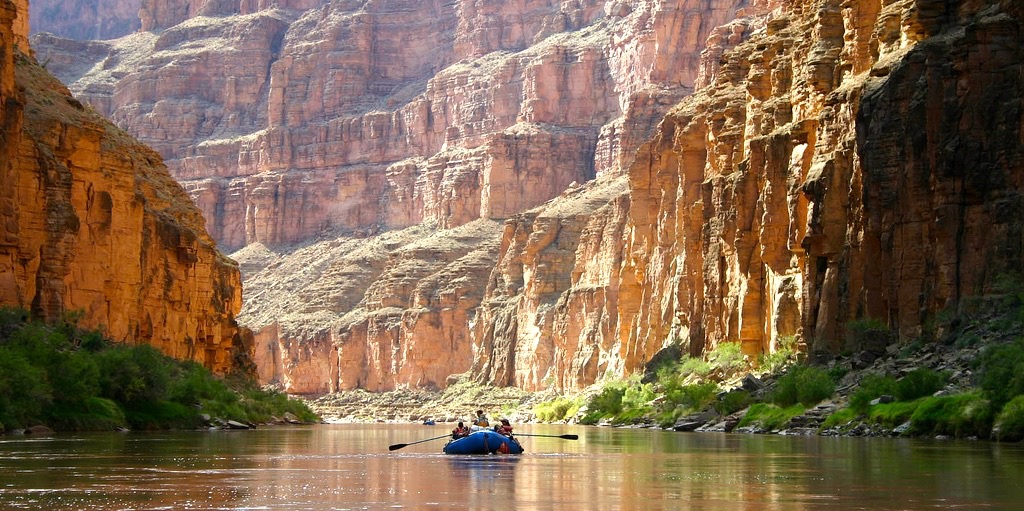In Praise of Fewer Free Days at National Parks

America’s national parks protect some of the country’s most beloved natural treasures. From Yosemite and Yellowstone to Shenandoah and Acadia, millions of citizens flock to these bastions every year.
The National Park Service (NPS) levies admission fees or limits the number of people admitted per day, depending on the park, to manage the crowds and prevent despoilment. Every year since 2003 the parks service had hosted a few days where admission is free of charge. 2017 saw 10 such days, and 2016 had 16. This year controversy has erupted as the parks service has limited the number of free admission days to four.
This decrease makes sense in regard to the NPS mission. As stewards of the national parks, they are tasked with preserving the national parks for the education and enjoyment of both current and future generations. User fees offset the cost of providing park amenities and manage the number of visitors who come.
Free-admission days amount to subsidized admission days for the current generation of visitors. Not only are free visitors subsidized by paying users who visit on other days, and taxpayers who subsidize the NPS, but they are also transferring park resources from future Americans to themselves.
The decrease in free admission days means less traffic in the parks today, lowering the wear and tear on park facilities that future visitors will use. These visitors will have to cope with the damage from overuse by the current generation without the ability to voice an objection to the subsidized use.
This is a classic case of a common-pool resource problem as explored by Nobel laureate Elinor Ostrom. The steward’s task involves managing this resource so current users do not degrade it. Anything else amounts to the kind of intergenerational transfer the steward is tasked with avoiding.
The job of park steward is to take the considerations of future generations into account. The NPS is the government agency directly charged with this task. In economic terms, the service is the residual claimant on any value sound park management over time generates.
An efficiently run parks service would see each park or group of parks pay for themselves out of user fees. Freed from the federal appropriations process, they could invest in preventative maintenance rather than wait for congress to hand them the money to do so. They could set prices at market rates, limiting admissions so that the park is preserved over time. This self-sufficient park system could be a better steward over time than the current agency-based model.
Fewer free admission days could make for more equitably run national parks over time. Having a couple of free admission days makes sense; some Americans can’t afford even modest entrance fees. Beyond a few and the entire user fee model begins to break down, creating many of the investment and degradation problems we see today. It may be counterintuitive, but the NPS should be praised for putting future users ahead of current users and having fewer days where entrance fees are suspended.
